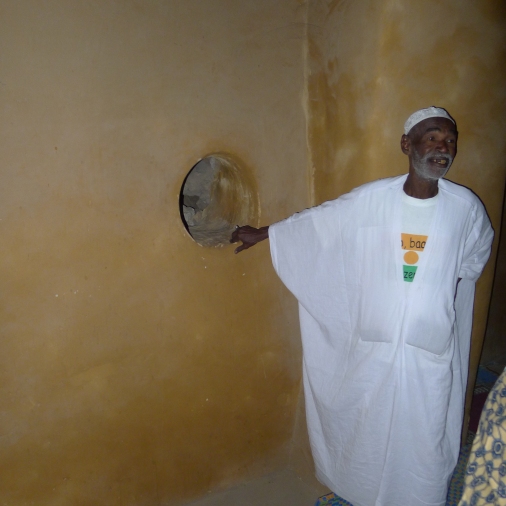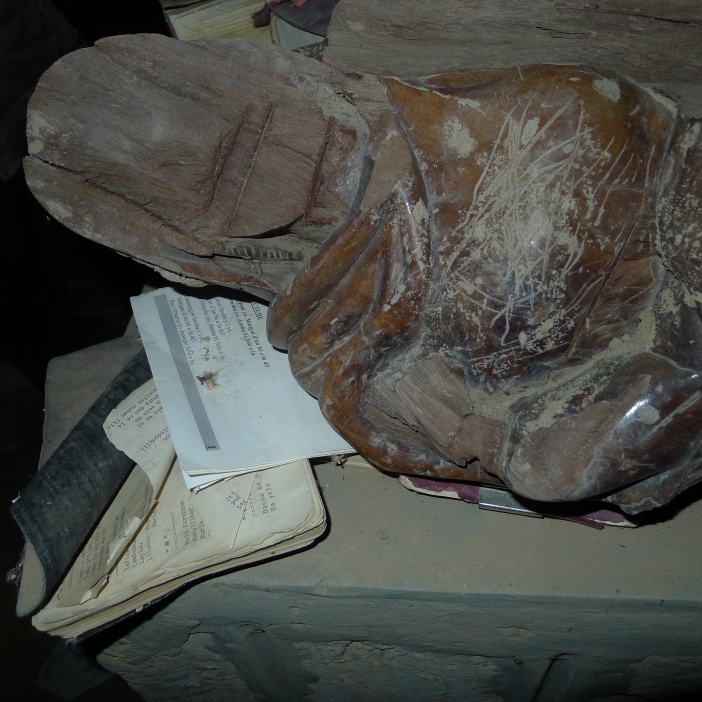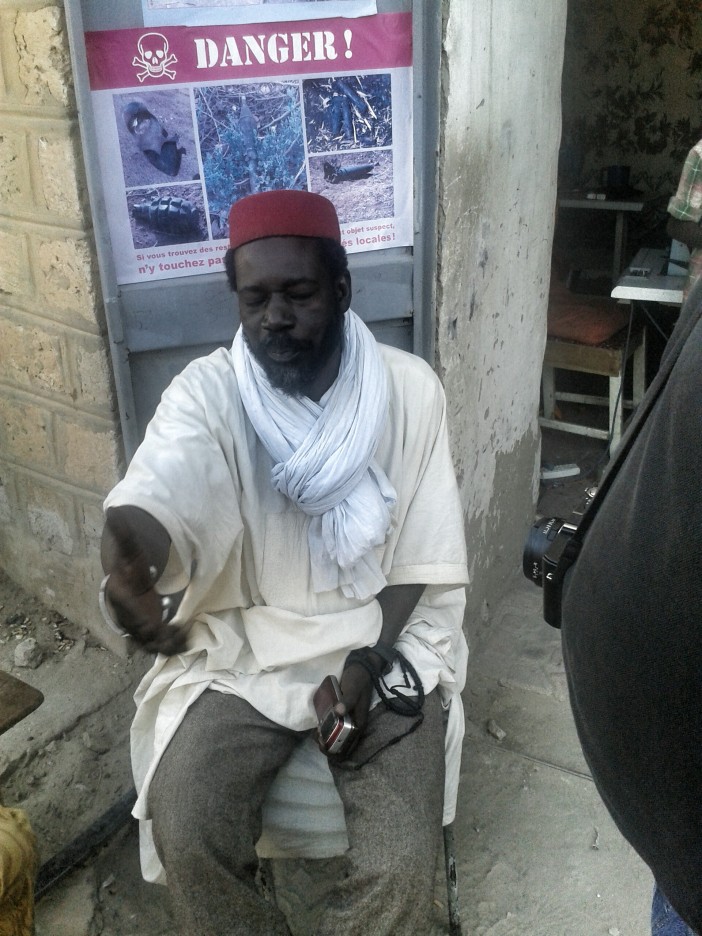When Buzzfeed.com leaked ex-MI6 spook’s Trump Dossier last this past Wednesday, most critical thinkers’ initial reaction was wide-eyed skepticism. The combination of alphabetized sources, the improbable breadth of alleged access to top-secret information, and over-explicit details from the (not as improbable – more on this in a future post) alleged fetishes of a President-Elect, beggared belief. Serious analysts like Mark Galeotti who cannot be accused of sympathy for Trump or Putin, challenged the dossier’s plausibility, arguing that the cited anonymous sources had suspiciously wide a network with access to diverse state secretes – and on top of that, were willing to share them via remote communication with a UK based handler.
My initial reaction was similarly dismissive. However, after playing devil’s advocate – and testing certain assumptions about how the dossier may have been compiled – I have shifted my position. We now know conclusively (against his will) that the report was written by an industry-respected former MI6 agent Christopher Steele. Is it probable that Steele would have invented, purposely conflated, or embellished details in the report in order to please his client – or to substantiate his own Russophobic precepts? (the theory has been posited in the UK press that he may have been emotionally blinded by his own experience in handling Litvinenko’s case on behalf of MI6).
I strongly doubt the embellishment theory. Steele’s only gainful asset of late has been his reputation, both among private clients but also – crucially – among state actors who have used him to investigate transnational corruption cases such as the FIFA scandal. There is no plausible hypothesis in which Steele would knowingly embellish his report and then proceed to not only furnish it to his private clients (who, one could argue, might be gullible enough to accept Ludlumesque fiction as fact), but also to the FBI and CIA – who he would know would never trust him again if he once served them red herrings.
Therefore, I believe Steele provided a bona-fide report of what he thought was the objective truth at the time of writing, and (importantly) in doing so, drew on actual sources, alphabetized or not, that he trusted. He did communicate with his sources, via proxies as described, and yes, such communication would have had to be remote, most likely via tradecraft-standard apps such as Signal (which at least a year ago intelligence operatives were swearing by). Whether or not what his sources fed him was truthful, is a different matter.
Now let’s move to the main substantive criticism of the dossier: the plausibility of existence of sources with such broad scope of access to Kremlin insiders – including to head of Rosneft and former PM Igor Sechin, presidential adviser Sergei Ivanov, Foreign Ministry officials, and even to Putin himself.
Indeed, such ubiquitous access to sources is extremely hard to acquire, especially for a non-state actor such as Christopher Steele. But impossible it is not.
A complex power-wielding apparatus such as the Kremlin cannot function without an extensive human support system. While decision-making is highly centralized, information dissipation is inevitable, often as result of the eventual complacency that any successful authoritarian system promotes among its insiders. (let’s just remember the several mail hacks of senior Kremlin aparatchiks over the last 3 years – with one exception the “hacks” were not the result of foreign signit or cyberattacks, but of rather primitive humint – literally of passwords being visually pilfered as they were typed-in by self-assured Kremlin staff working at their macs in trendy cafes near the Kremlin.
But more importantly: namely because of the concentration of the most sensitive information at the top of the power pyramid, any potential source in the vicinity of the top would have access to not one, but to a variety of information vectors, that all lead to the very peak.
One such hypothetical source, who would have been well-placed at the crossroads of several of the information vectors drawn upon in Steele’s dossier, died in unusual circumstances on December 26 2016: a point in time when the dossier had been so broadly diffused in DC, London and Rome, that we may assume with near-absolute certainty it had landed on Putin’s desk.
On July 19, 2016, Christopher Steele reports for the first time of having a source close to Rosneft President Sechin:
“A source close to Rosneft President, Putin close associate and US-sanctioned Igor SECHIN, confided details of a recent secret meeting between him and visiting Foreign Affairs Adviser to Donald TRUMP, Carter PAGE. According to Sechin’s associate, the Rosneft CEO had raised with PAGE issues of future bilateral energy cooperation and prospects for associated move to liet Ukraine-related western sanctions against Russia. PAGE had reacted positively to this demarche by SECHIN but had been generally non-committal in response”
Three months later, in October 2016 Steele followed up with his alleged source to provide more details from the July 2016 meeting with Carter – arguably from the same source close to Sechin. In this more detailed section, it becomes clear that the original source – “a close associate of Sechin” – is confiding details to “a trusted compatriot”, and not directly to Steele. Here is the relevant section from the October 19 report:
The content of the alleged discussion between Page and Sechin is explosive. Thus, calling the conduit of this information “a close associate” is an understatement. If indeed authentic, this source must have been unusually close to Sechin; trusted sufficiently to be made part of this most corrupt of geopolitical bargaining. To put it bluntly: it doesn’t get more “top secret” than this. It is safe to say that the source we should be looking for is not a PA or a chauffeur.
Sudden Death Syndrome
At 14:23 Moscow time, one of Russia’s most subservient news outlet with a first-at-the crime-scene reputation – Life.ru, ran the sensationalist headline: “Sechin’s Chief of Staff Killed in Downtown Moscow”. I caught a glimpse of this headline in real-time, as I have a browser alert for breaking news from Life.ru. I remember being particularly startled by the headline, as only a week earlier, a Russian mid-level diplomat had been found shot in the head, with two bullets, in his Moscow apartment. The working hypothesis of the investigation was reported to be “accidental homicide or suicide”. Did I mention the two bullets?
I read quickly through the new story. The gentleman in question, Gen. Oleg Erovinkin, had been found dead, by his driver, in the back seat of his corporate Lexus which had been parked in a downtown alley in Moscow’s China Town district. Erovinkin, 61, was a KGB/FSB general, who had been head of the Department for Protection of State Secrets at the Kremlin under Yeltsin, and later under the early Putin. In 2008, Putin (then a fresh Prime Minister) appointed him Chief of Staff of his deputy PM Igor Sechin. When Sechin was promoted to President of the state-owned oil giant Rosneft in 2012, Erovinkin followed him into the ominous-sounding, if fuzzily-defined position of “Chief of Special Supervision of the President’s Apparatus.” Insiders have described Erovinkin to me alternately as “Sechin’s treasurer” and “the go-between between Putin and Sechin”. One thing that everyone seems to agree – both in public and private sources – is that Erovinkin was Sechin’s closest associate.
The initial Life.ru story reported that FSB investigators were at the scene and working on determining the cause of death, and that doctors on site had only confirmed that Erovinkin was indeed dead.
By the time I had tweeted my observation that this murder would be the first time that a FSB General had been violently killed in Russia, Life.ru had already changed the headline of the story. It was now “The Chief of Staff of Rosneft’s President found dead in Moscow“. However, certain news aggregators managed to copy the story with the original headline. (Life.ru also appear to have neglected to delete a reader’s comment referencing the change of headline; the fact that the story headline in Russian media was altered was also noticed by this Ukrainian newspaper) . The original story was also completely deleted from the popular Kremlin-funded news-tracker, Mediametrics.ru (Mediametrics has a history of removing stories deemed inconvenient to the regime.)
Subsequent coverage of Erovinkin’s death in Life.ru and other Russian media provided contradictory narratives of what exactly took place. It was universally reported that due to Erovinkin’s high position in a strategic state corporation, and his former government function, the investigation will be handled solely by FSB, including FSB forensic pathologists.
However, while some media reported that Erovinkin had been found dead in the back seat, others reported that he has been in the driver’s seat, and had managed to park the car after his heart failed. Yet other news sites reported he “caused a minor traffic accident after his death“. There were reports that Erovinkin may been “en route to or from the Kremlin where he had been delivering highly confidential documents”
Later in the day Life.ru published a follow-up story with the misleading headline “Rosneft Links Erovinkin’s Death With His Heart Problems”. The actual text of the story contained a quote from Rosneft’s press officer who said “I spoke with him the other day…he felt perfectly okay“…and adds the speculative comment, “Heart [issues] are the typical problem for men this age“.
(Life.ru is known to take direct content instructions from the Kremlin and the FSB, as became clear thanks to a series of email leaks in 2015 and 2016, including hacked phone and email messages of the Life’ owner Arman Gabrelyan.)
Since the initial flurry of contradictory media reports on December 26th , there has been zero coverage of Erovinkin’s death in Russian media. Needless to say, FSB has not pronounced a cause of death, and is unlikely to ever do.
Was Erovinkin a Steele Source?
Steele’s source for the alleged Carter Page/Sechin convo must have fulfilled three mandatory criteria:
- s/he must have been credible enough TO STEELE for him to risk including this bombshell – knowing it would result in heavy doses of skepticism, potentially detrimental to his reputation.
- s/he must have been trusted enough by Sechin to be able receive access to this uniquely sensitive information.
- assuming a “strictly-need-to-know” principle, such information must have inevitable had to be shared with him/her, due to his/her function.
It seems safe to conclude that Erovinkin fulfills, probably uniquely, all three conditions. His career heritage alone (as Chief of Kremlin’s innermost secrets between 1994 and 2008) makes him a source of unparalleled reliability – if you can get him. That takes care of (1). (2) is self-evident.
In relation to (3) – the alleged, highly sophisticated equity-for-no-sanctions scheme, would require sophisticated planning, structuring and implementation in utmost secrecy. It would be unthinkable that Sechin might do any of this without the aid of his most trusted treasurer.
Thus, IF Steele’s direct source was truthful, it is extremely highly likely that the ultimate source had been Erovinkin.
Does the sudden death add credibility to the dossier?
As someone scolded me on Twitter following my original December 26 insinuating tweet, “But people die every day!“. Indeed, even FSB Generals must die one day. It might be also plausible that ostensibly healthy, 61 year old FSB Generals die while driving a car but not before they heroically park it out of harms way. Or are found dead in the back seat by their driver, who is a plain clothes Ministry of Interior officer. (but rarely both together)
It might also happen that an FSB General dies, and the death is first honestly misreported as a murder, and then quietly re-reported as a heart failure by a media outlet with a long history of reporting-as-requested. Put all of these in a mix, though, and it becomes statistically hairy.
As I wrote earlier, I have no doubt that at the time Erovinkin died, Putin had Steele’s Trump dossier on his desk. He would – arguably – have known whether the alleged Carter Page/Sechin story is based on fact or fiction. Whichever is true, he would have had a motive to seek – and find the mole (or, in the “non-true” hypothesis, the slanderer). For reasons similar to the reasons for which I wrote this, he would have had to conclude that Erovinkin was at least a person of interest.
What is not known is what happened next. It might have been nothing, in case Putin had evidence of a different mole, one unknown to us. Alternatively, he may have confronted Sechin and Erovinkin and asked for explanations (this alone may, in a kind-of-benign scenario, have brought about Erovinkin’s actual heart attack). Or it could have been more orthodoxally true to the spirit House of Cards.
[To be continued…
In the next part: Who in fact paid for and who acquired the 19% in Rosneft; who the direct source may have been; and why “germophobe defense” has holes]
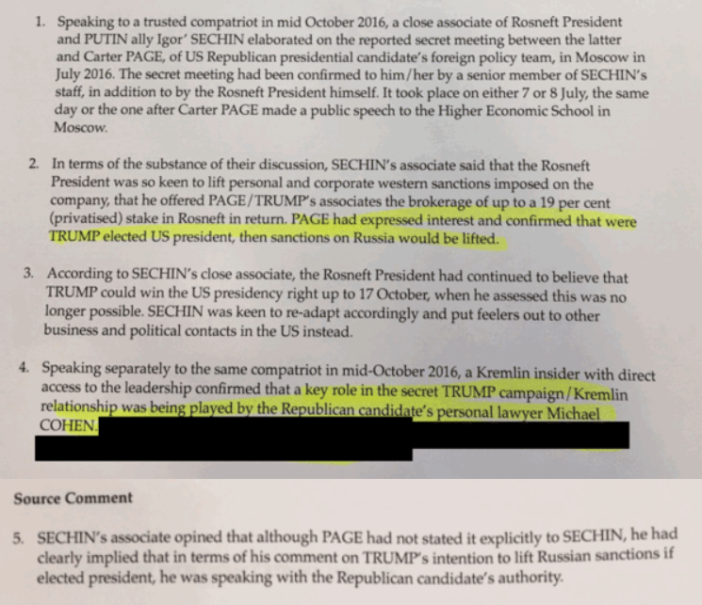


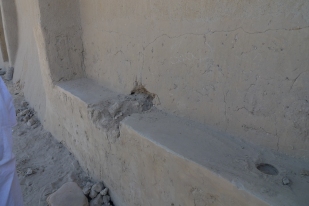 s’ next target were the remains of those unholy saints. They ransacked local mosques in search of idolatry, and blew up all graves they could find. Fortunately, they couldn’t identify them all, as local Imams shrewdly erased the saints’ names from most of the grave sites, confusing the jihadists as to what was to be obliterated and what not.
s’ next target were the remains of those unholy saints. They ransacked local mosques in search of idolatry, and blew up all graves they could find. Fortunately, they couldn’t identify them all, as local Imams shrewdly erased the saints’ names from most of the grave sites, confusing the jihadists as to what was to be obliterated and what not.